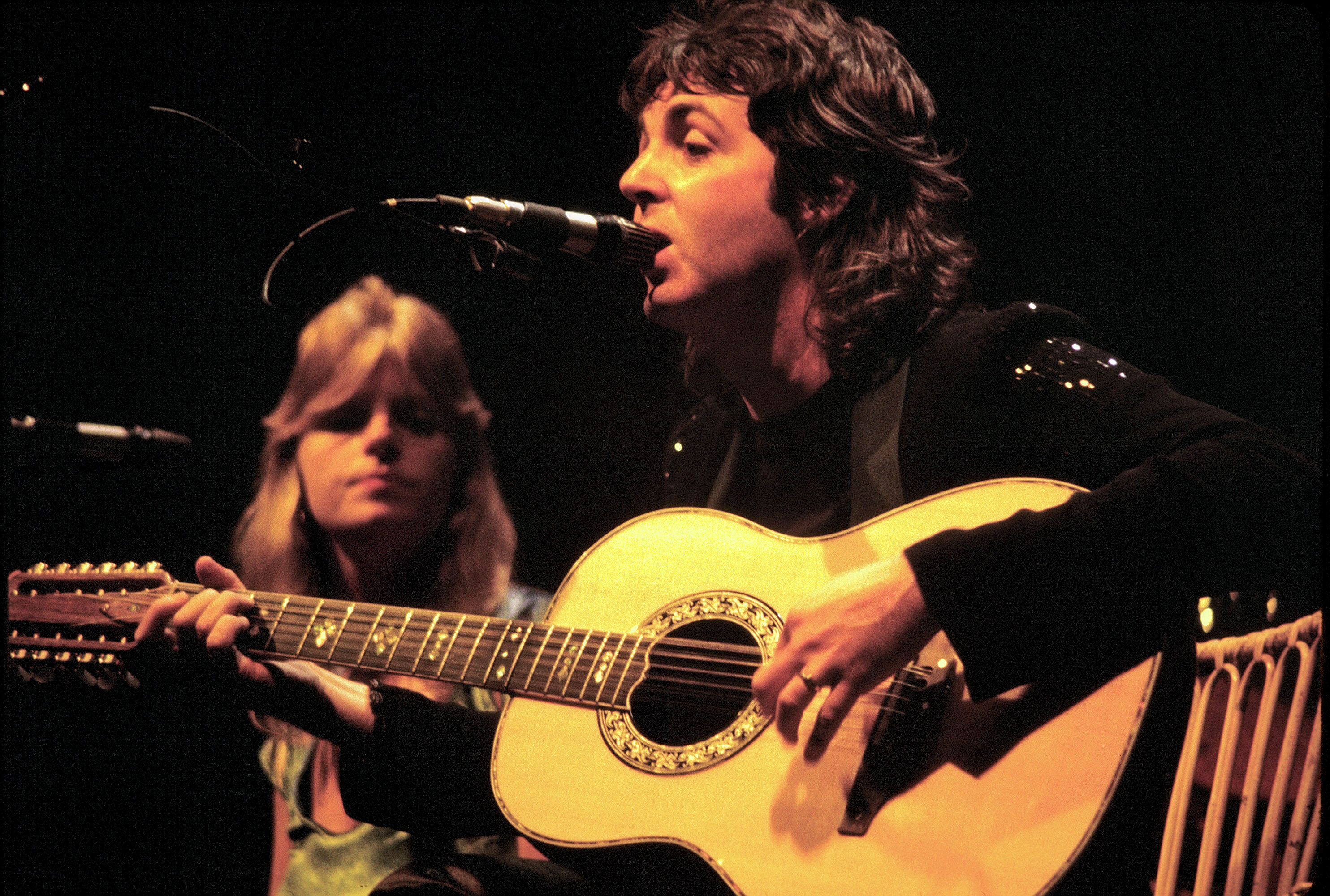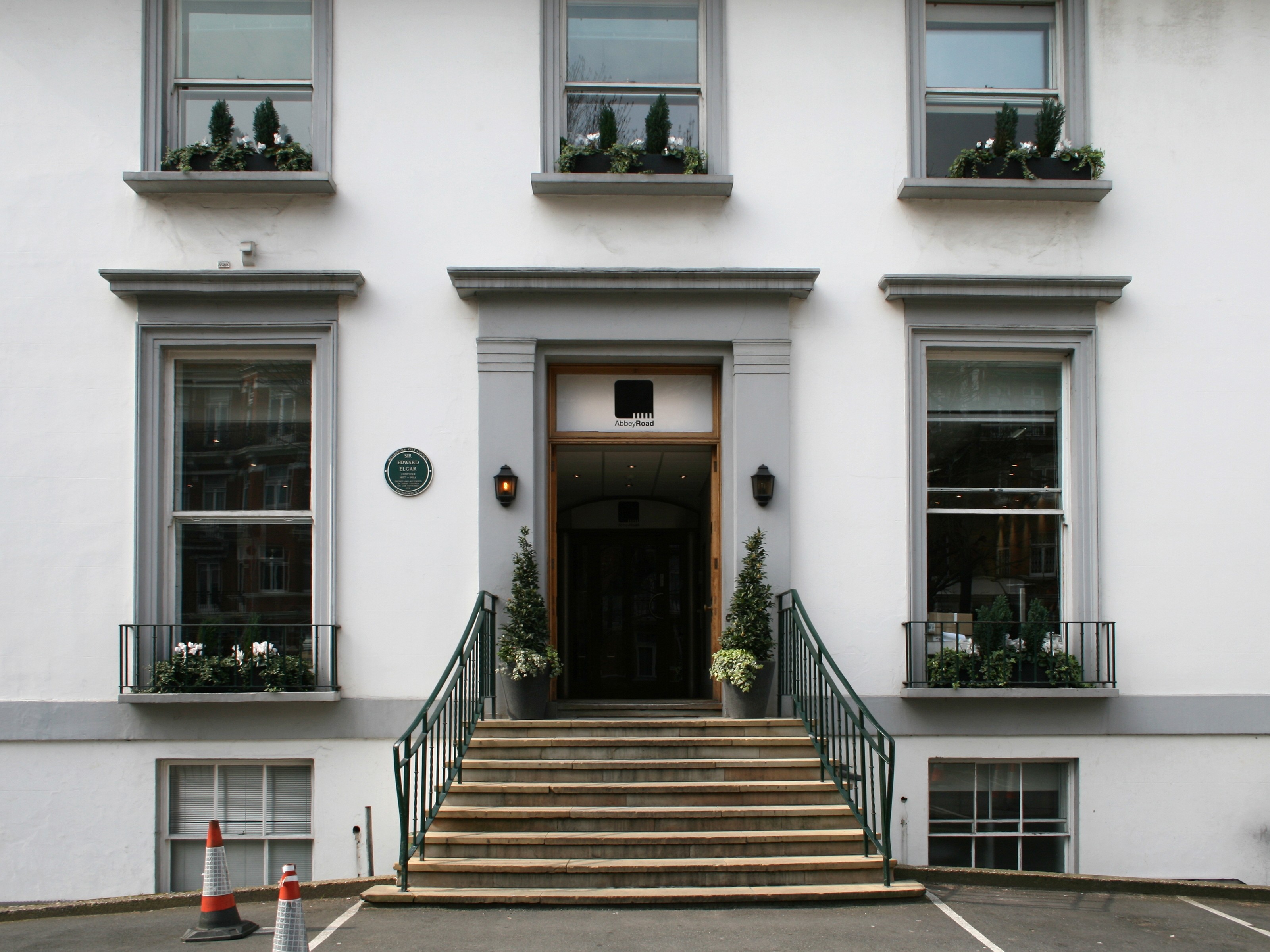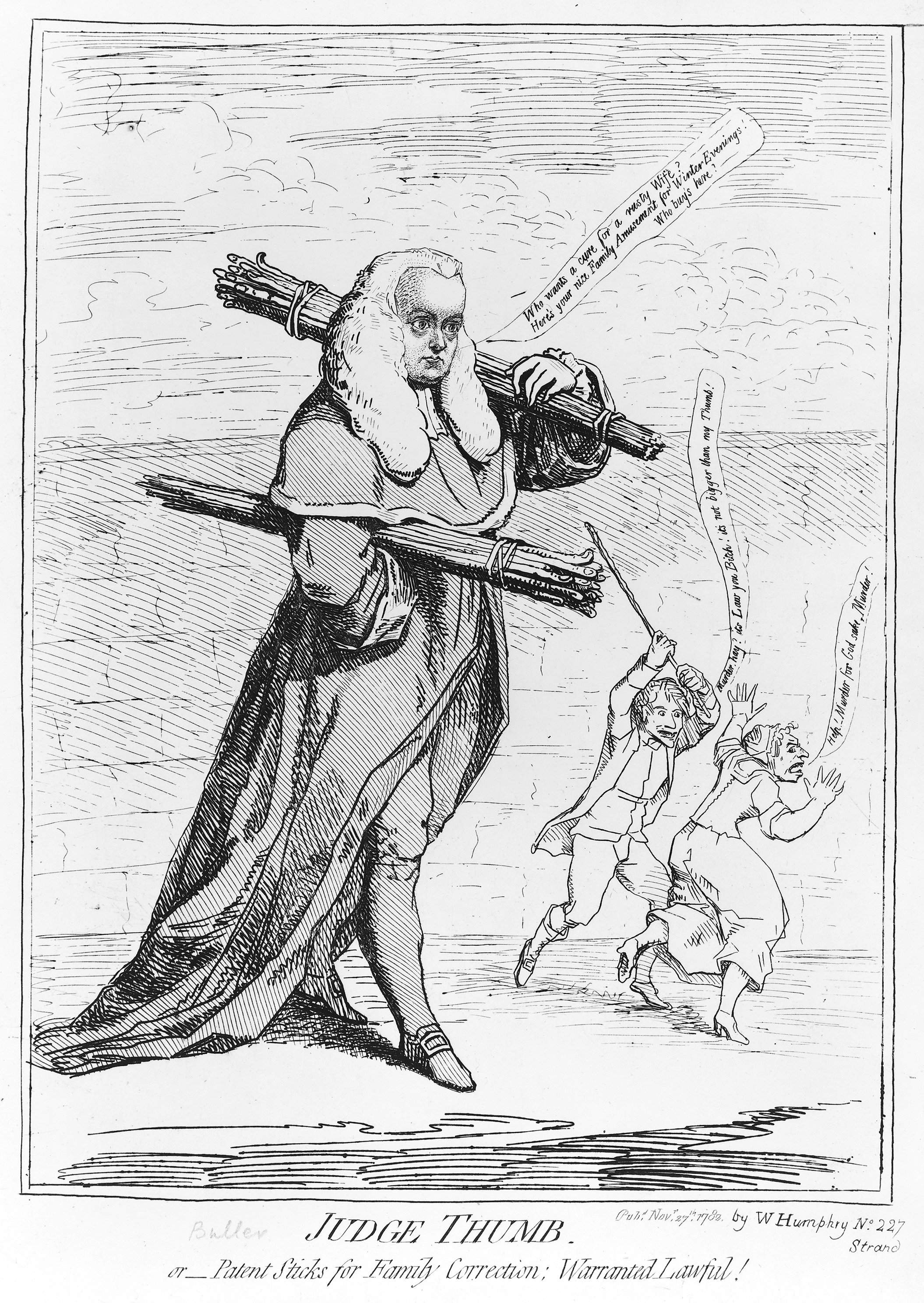|
Bleed (audio)
Spill (also known as bleed and leakage) is the occurrence in sound recording (particularly in close miking) and live sound mixing whereby sound is picked up by a microphone from a source other than that which is intended. Spill is usually seen as a problem, and various steps are taken to avoid it or reduce it. In some styles of music, such as orchestral music, jazz, and blues, it is more likely to be accepted or even seen as desirable. Occurrence Spill occurs when sound is detected by a microphone not intended to pick it up (for example, the vocals being detected by the microphone for the guitar). Spill is often undesirable in popular music recording, as the combined signals during the mix process can cause phase cancellation and may cause difficulty in processing individual tracks. It also causes difficulty in overdubbing, where the spill from the sound being replaced may still be audible on other channels. For sound reinforcement in live shows, mic bleed can make it hard fo ... [...More Info...] [...Related Items...] OR: [Wikipedia] [Google] [Baidu] |
Noise Gate
A noise gate or simply gate is an electronic device or software that is used to control the amplitude, volume of an audio signal. Comparable to a limiter, which attenuates signals ''above'' a threshold, such as loud attacks from the start of musical notes, noise gates attenuate signals that register ''below'' the threshold. However, noise gates attenuate signals by a fixed amount, known as the range. In its simplest form, a noise gate allows a main signal to pass through only when it is above a set threshold: the gate is ''open''. If the signal falls below the threshold, no signal is allowed to pass (or the signal is substantially attenuated): the gate is ''closed''. A noise gate is used when the level of the signal is above the level of the unwanted noise. The threshold is set above the level of the noise, and so when there is no main signal, the gate is closed. A common application is with electric guitar to remove hum and hiss noise caused by distortion effects units. A nois ... [...More Info...] [...Related Items...] OR: [Wikipedia] [Google] [Baidu] |
Christina Aguilera
Christina María Aguilera ( , ; born December 18, 1980) is an American singer-songwriter, actress and television personality. Recognized as Cultural impact of Christina Aguilera, an influential figure in music and having received Public image of Christina Aguilera, widespread public interest, she is noted for her four-octave vocal range extending into the whistle register, artistic reinventions, and incorporating controversial themes into her music. Referred to as the "Honorific nicknames in popular music, Voice of a Generation", she was also named a Disney Legends, Disney Legend, in recognition of her contributions to the Walt Disney Company. After appearing on ''The Mickey Mouse Club#1989–1994 revival: The All New Mickey Mouse Club, The All New Mickey Mouse Club'' (1993–1994), Aguilera recorded the theme song, "Reflection (song), Reflection", for the animation, animated film ''Mulan (1998 film), Mulan'' (1998) and signed a record deal with RCA Records. She rose to fame ... [...More Info...] [...Related Items...] OR: [Wikipedia] [Google] [Baidu] |
Double Tracking
Double tracking or doubling is an audio recording technique in which a performer sings or plays along with their own prerecorded performance, usually to produce a stronger or bigger sound than can be obtained with a single voice or instrument. It is a form of overdubbing; the distinction comes from the doubling of a part, as opposed to recording a different part to go with the first. The effect can be further enhanced by panning one of the performances hard left and the other hard right in the stereo field. Automation Artificial or automatic double tracking, also known as ADT, was developed at Abbey Road Studios by engineers recording The Beatles in the 1960s. It used variable speed tape recorders connected in such a way as to mimic the effect created by double tracking. ADT produced a unique sound that could be imitated but not precisely duplicated by later analog and digital delay devices, which are capable of producing an effect called doubling echo. The effect is us ... [...More Info...] [...Related Items...] OR: [Wikipedia] [Google] [Baidu] |
Acoustic Guitar
An acoustic guitar is a musical instrument in the string family. When a string is plucked, its vibration is transmitted from the bridge, resonating throughout the top of the guitar. It is also transmitted to the side and back of the instrument, resonating through the air in the body, and producing sound from the sound hole. While the original, general term for this stringed instrument is ''guitar'', the retronym 'acoustic guitar' – often used to indicate the Steel-string acoustic guitar, steel stringed model – distinguishes it from an electric guitar, which relies on electronic amplification. Typically, a guitar's body is a sound box, of which the top side serves as a Sound board (music), sound board that enhances the vibration sounds of the strings. In Guitar tunings, standard tuning the guitar's six strings are tuned (low to high) E2 A2 D3 G3 B3 E4. Guitar strings may be plucked individually with a Guitar pick, pick (plectrum) or fingertip, or Strumming, strummed to play Ch ... [...More Info...] [...Related Items...] OR: [Wikipedia] [Google] [Baidu] |
Paul McCartney
Sir James Paul McCartney (born 18 June 1942) is an English singer, songwriter and musician who gained global fame with the Beatles, for whom he played bass guitar and the piano, and shared primary songwriting and lead vocal duties with John Lennon. One of List of best-selling music artists, the most successful composers and performers in history, McCartney is known for his melodic approach to bass-playing, versatile and wide tenor vocal range and eclecticism in music, musical eclecticism, exploring genres ranging from traditional pop, pre-rock and roll pop to classical, ballads and electronica. His Lennon–McCartney, songwriting partnership with Lennon is the most successful in music history. Born in Liverpool, McCartney taught himself piano, guitar and songwriting as a teenager, having been influenced by his father, a jazz player, and rock and roll performers such as Little Richard and Buddy Holly. He began his career when he joined Lennon's skiffle group, the Quarrymen, i ... [...More Info...] [...Related Items...] OR: [Wikipedia] [Google] [Baidu] |
Yesterday (Beatles Song)
"Yesterday" is a song by the English rock band the Beatles, written by Paul McCartney and credited to Lennon–McCartney. It was first released on the album ''Help!'' in August 1965, except in the United States, where it was issued as a single in September. The song reached number one on the US ''Billboard'' Hot 100 chart. It subsequently appeared on the UK EP '' Yesterday'' in March 1966 and made its US album debut on '' Yesterday and Today'', in June 1966. McCartney's vocal and acoustic guitar, together with a string quartet, was essentially the band's first solo performance. It remains popular today and, with 2,200 cover versions, is one of the most covered songs in the history of recorded music. "Yesterday" was voted the best song of the 20th century in a 1999 BBC Radio 2 poll of music experts and listeners and was also voted the No. 1 pop song of all time by MTV and ''Rolling Stone'' magazine the following year. In 1997, the song was inducted into the Grammy Hall of Fam ... [...More Info...] [...Related Items...] OR: [Wikipedia] [Google] [Baidu] |
The Beatles
The Beatles were an English Rock music, rock band formed in Liverpool in 1960. The core lineup of the band comprised John Lennon, Paul McCartney, George Harrison and Ringo Starr. They are widely regarded as the Cultural impact of the Beatles, most influential band in Western popular music and were integral to the development of Counterculture of the 1960s, 1960s counterculture and the recognition of popular music as an art form. Rooted in skiffle, beat music, beat and 1950s rock and roll, rock 'n' roll, their sound incorporated elements of classical music and traditional pop in innovative ways. The band also explored music styles ranging from Folk music, folk and Music of India, Indian music to Psychedelic music, psychedelia and hard rock. As Recording practices of the Beatles, pioneers in recording, songwriting and artistic presentation, the Beatles revolutionised many aspects of the music industry and were often publicised as leaders of the Baby boomers, era's youth and soc ... [...More Info...] [...Related Items...] OR: [Wikipedia] [Google] [Baidu] |
Rule Of Thumb
In English language, English, the phrase ''rule of thumb'' refers to an approximate method for doing something, based on practical experience rather than theory. This usage of the phrase can be traced back to the 17th century and has been associated with various Trade (occupation), trades where quantities were measured by comparison to the width or length of a thumb. An erroneous folk etymology began circulating in the 1970s falsely connecting the origins of the phrase "rule of thumb" to legal doctrine on Domestic violence, domestic abuse. The error appeared in a number of law journals, and the United States Commission on Civil Rights published a report on domestic abuse titled "Under the Rule of Thumb" in 1982. Some efforts were made to discourage the phrase, which was seen as taboo owing to this false origin. During the 1990s, several authors correctly identified the spurious folk etymology; however, the connection to domestic violence was still being cited in some legal sources ... [...More Info...] [...Related Items...] OR: [Wikipedia] [Google] [Baidu] |
DI Unit
A DI unit (direct input or direct inject) is an electronic device typically used in recording studios and in sound reinforcement systems to connect a high output impedance unbalanced output signal to a low-impedance, microphone level, balanced input, usually via an XLR connector and XLR cable. DIs are frequently used to connect an electric guitar or electric bass to a mixing console's microphone input jack. Its signal comes "direct" from the source instrument without passing through the air as sound waves, and thus is isolated from other sounds and avoids effects of microphone or room acoustics. The DI performs level matching, balancing, and either active buffering or passive impedance matching or impedance bridging. DI units are typically metal boxes with input and output jacks and, for more expensive units, “ground lift” and attenuator switches. DI boxes are extensively used with professional and semi-professional PA systems, professional sound reinforcement systems a ... [...More Info...] [...Related Items...] OR: [Wikipedia] [Google] [Baidu] |
Microphone
A microphone, colloquially called a mic (), or mike, is a transducer that converts sound into an electrical signal. Microphones are used in many applications such as telephones, hearing aids, public address systems for concert halls and public events, motion picture production, live and recorded audio engineering, sound recording, two-way radios, megaphones, and radio and television broadcasting. They are also used in computers and other electronic devices, such as mobile phones, for recording sounds, speech recognition, Voice over IP, VoIP, and other purposes, such as Ultrasonic transducer, ultrasonic sensors or knock sensors. Several types of microphone are used today, which employ different methods to convert the air pressure variations of a sound wave to an electrical signal. The most common are the dynamic microphone, which uses a coil of wire suspended in a magnetic field; the condenser microphone, which uses the vibrating Diaphragm (acoustics), diaphragm as a capacitor ... [...More Info...] [...Related Items...] OR: [Wikipedia] [Google] [Baidu] |
Multi-track Recording
Multitrack recording (MTR), also known as multitracking, is a method of sound recording developed in 1955 that allows for the separate recording of multiple sound sources or of sound sources recorded at different times to create a cohesive whole. Multitracking became possible in the mid-1950s when the idea of simultaneously recording different audio channels to separate discrete ''tracks'' on the same reel-to-reel tape was developed. A ''track'' was simply a different channel recorded to its own discrete area on the tape whereby their relative sequence of recorded events would be preserved, and playback would be simultaneous or synchronized. A multitrack recorder allows one or more sound sources to different tracks to be simultaneously recorded, which may subsequently be processed and mixed separately. Take, for example, a band with vocals, guitars, a keyboard, bass, and drums that are to be recorded. The singer's microphone, the output of the guitars and keys, and each indivi ... [...More Info...] [...Related Items...] OR: [Wikipedia] [Google] [Baidu] |









